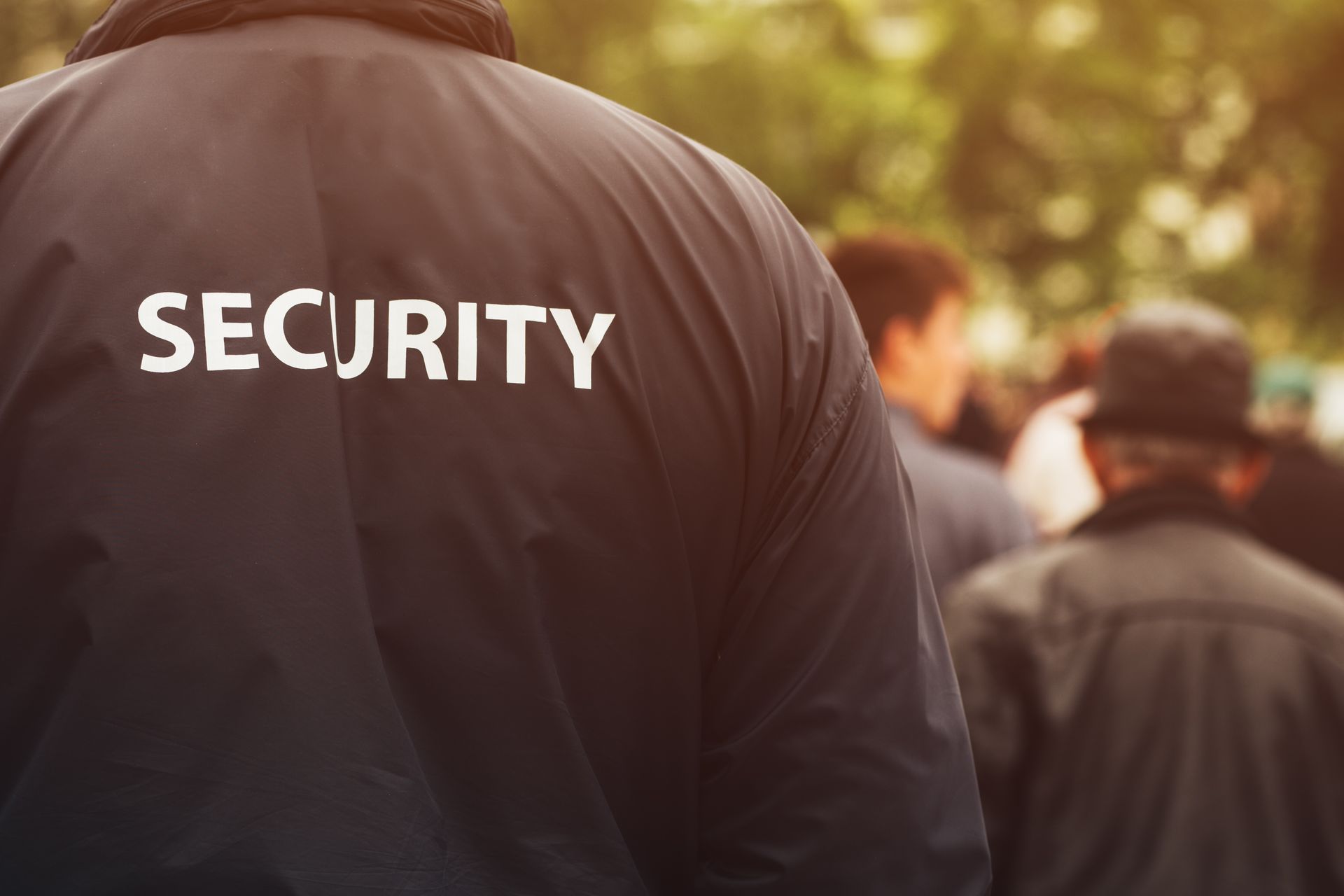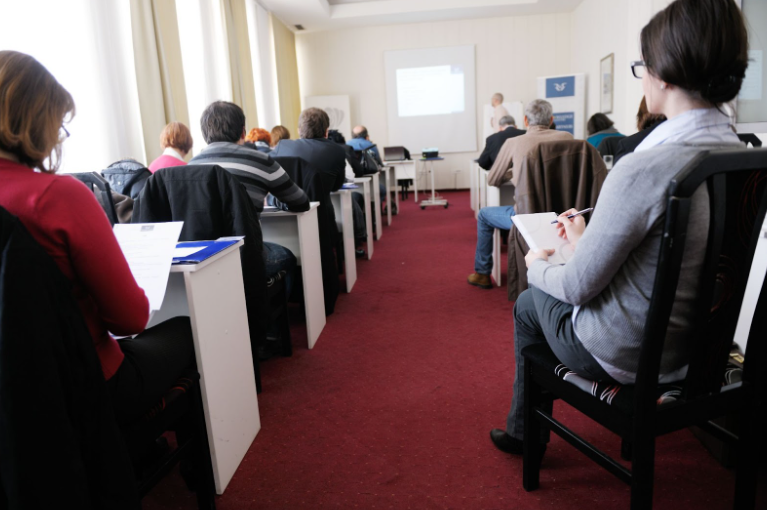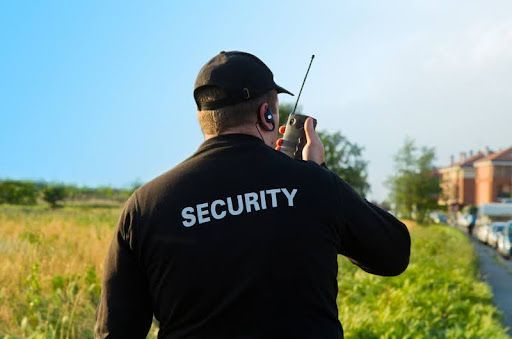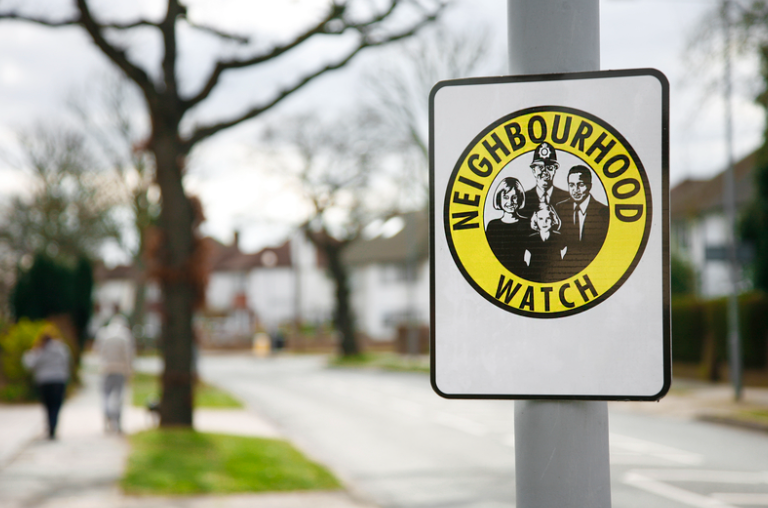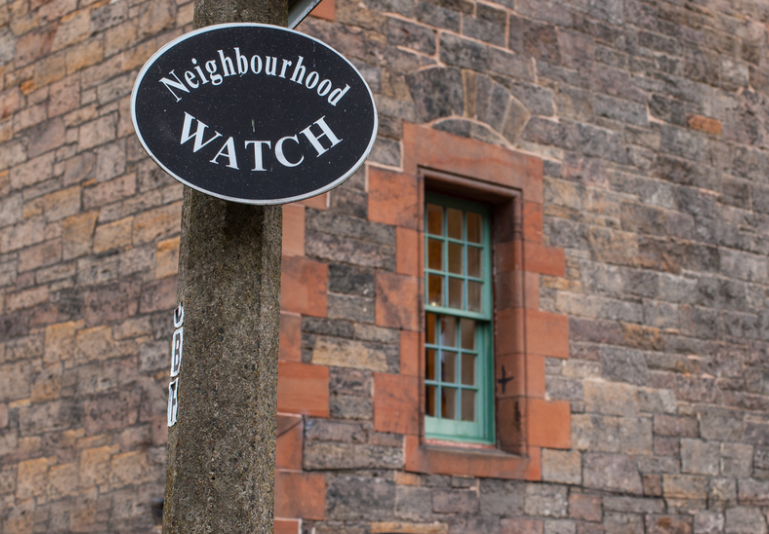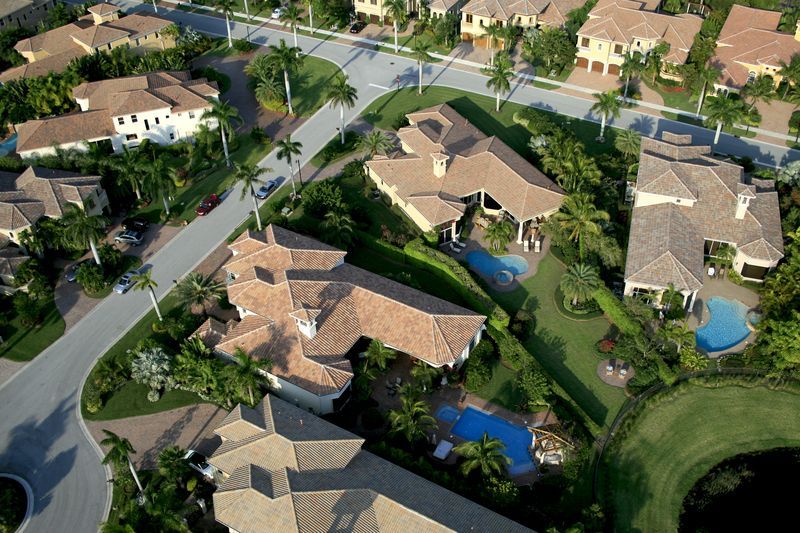Top 10 Tips for Enhancing Residential Community Safety in Roseville, CA
Improving the safety of a residential community can make a world of difference in overall quality of life. While local authorities and community leaders work diligently to make Roseville a safe city, residents can also play a key role in bolstering neighborhood security. The following 10 tips offer practical ways to cultivate a safer environment. Each strategy emphasizes collaboration, modern technology, and proactive planning, ensuring every member of the community feels secure.
Strengthen Neighborhood Watch Efforts
A strong neighborhood watch program unites community members who share the same commitment to protecting their homes. Effective watch groups often collaborate with local law enforcement, stay attuned to local updates, and organize events centered on crime prevention. By joining a neighborhood watch, residents form essential relationships, allowing them to spot unusual activities quickly and contact the appropriate authorities.
Embrace Community Patrol Initiatives
Active patrols by trained professionals or experienced volunteers make it easier to spot potential issues before they escalate. Patrol teams move throughout the neighborhood, keeping a watchful eye on homes, parks, and shared facilities. Coordination with local security services can further enhance this practice, as professionals are well-versed in recognizing suspicious behavior.
Invest in Well-Placed Surveillance Cameras
Visible surveillance cameras not only help law enforcement identify suspicious activity but also serve as a powerful deterrent to potential trespassers. Half of convicted burglars admitted they would likely move on to a different target if they noticed an active security camera. Strategically placing cameras near entrances, parking areas, and shared facilities encourages responsible behavior and reduces opportunities for unauthorized activities.
Encourage Strategic Lighting
A well-lit property can go a long way toward discouraging unwanted visitors. Vibrant pathway lights, floodlights around home exteriors, and shaded lighting fixtures for communal spaces prevent dark corners where suspicious activities might take place. Motion-activated lights also draw attention to movement, signaling that residents and neighbors are constantly vigilant.
Leverage Mobile Technology for Real-Time Updates
Mobile phone apps and group messaging systems enable swift exchanges of safety information across an entire neighborhood. Communities that use group chat platforms can share alerts about unexpected visitors or disruptions. Smartphone apps also provide instant access to local emergency services, so anyone spotting suspicious behavior can quickly reach out for help. A popular option is setting up a private social media group for the neighborhood, which fosters a sense of accountability and cooperation among members.
Maintain Clear Property Boundaries
Defining property lines within a community establishes a sense of order and helps deter trespassing. Minimizing overgrown bushes, maintaining fences, and keeping entryways easily visible to neighbors reinforces the message that all areas are properly monitored. By creating a welcoming but well-maintained environment, you convey to outsiders that residents pay close attention to their surroundings. For maintenance and landscaping advice tailored to Roseville’s climate, the City of Roseville’s official website provides guidance on water-wise gardening and yard care.
Foster Positive Community Engagement
Organizing regular gatherings or meet-and-greets fosters a strong sense of connection, making it easier for neighbors to recognize unfamiliar faces. Community events such as outdoor cookouts, garage sales, or group clean-up days also help build camaraderie. A friendly, well-connected atmosphere not only improves quality of life but sends a clear message that everyone looks out for each other’s interests. Additionally, neighborhood social events provide opportunities to discuss any concerns or share updates regarding local safety measures.
Stay Informed About Local Crime Data
Being informed about crime trends helps residents adapt their security strategies more effectively. Roseville offers online tools and resources that compile local crime data, allowing managers, homeowner associations, and residents to identify areas needing attention. Reviewing these statistics on a regular basis further underscores the importance of staying aware and adjusting security measures as situations evolve.
Develop Comprehensive Emergency Plans
Roseville experiences seasonal shifts and varies in its climate, so it’s important to prepare for potential emergencies that may arise. A thorough plan includes evacuation routes, local emergency numbers, and a clear network for communication among neighbors. By collaborating on a shared document or a neighborhood emergency resources page, communities can create quick reference materials that minimize confusion during critical moments. Ready provides national guidelines for making plans that apply to a wide range of scenarios and can be adapted to local conditions.
Request Ongoing Security Assessments
Periodic evaluations of lighting, perimeter security, and communal areas can help residents better identify potential blind spots or hazards. Communities that seek out professional opinions ensure a more thorough inspection beyond what residents may notice on their own. These assessments often highlight simple, cost-effective fixes that substantially reduce risk, such as swapping out old locks or installing updated security signage.
Throughout Roseville, the collective goal remains the same: ensuring a peaceful, thriving environment for residents and their families. From establishing community patrols to leveraging modern technology, there are myriad opportunities for homeowners and neighborhood associations to come together in the pursuit of safety. By integrating these ten strategies, Roseville neighborhoods can uphold their reputation for safety while fostering a positive, cooperative atmosphere that sets an example for other towns across California.
For additional resources or professional guidance, feel free to explore California Patrol Enforcement’s website and discover how their expertise can further empower your community.


